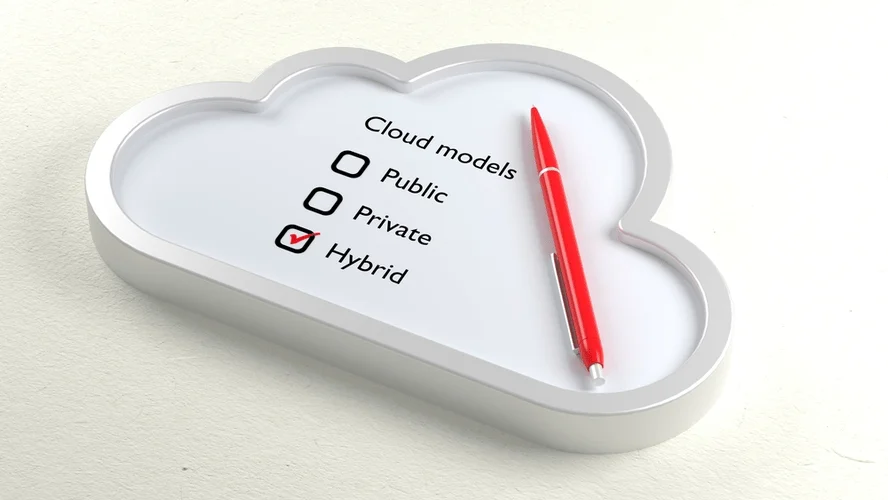PostgreSQL Management Software Postgres Tools
A single source for documentation on all of Percona’s leading, open-source software. There are times when you need to promote a replica, possibly emergent. Perhaps you are performing a planned major upgrade, or perhaps you’ve just had a hardware failure on your write node. The daemon currently only automates index repacks, but we hope to extend it to support tables in the future. Index repacks are generally safe because they don’t impose a heavy-weight lock on the table whose index is being repacked.

The database monitoring service in Site24x7 is able to watch the responses of the database itself and drill down further to correlate PostgreSQL activity with the availability of supporting services. Tools like PGBadger will require rich data as well as knowledge of the data type. Your log_line_prefix https://www.globalcloudteam.com/ instructs PostgreSQL on how to format its log data. You’ll need to set this value to be compatible with the tooling you’re using to analyze your logs if you want to do any meaningful log analysis. EXPLAIN provides a detailed explanation of how PostgreSQL will handle your query.
Part 2: Analyzing PostgreSQL Performance
The daemon we created detects when a table is blocking traffic (i.e. high waiting queries) or a database backup is running, and will automatically cancel/idle during those times. We hope to open source this daemon in the future, but we don’t feel that it’s generally ready for external consumption. This will depend on the shape of your data and corresponding access patterns. For some of our data sets, we started off persisting indefinitely or for a long period of time and later decided to add a retention policy. If such a policy causes the volume of stored data within a table to be reduced from 300GB to 10GB, running a vacuum would allow all that space to be reused by the table. If the steady state storage is around 10 to 15GB, most of that is wasted space.
If you can avoid creating it in the first place, you won’t need any fancy solutions to get rid of it. Before trying to understand how index bloat is generated, let’s first review how PostgreSQL indexing works at a very high level. Weaponry/pgSCV is a multi-purpose monitoring agent and Prometheus-compatible exporter for PostgreSQL, Pgbouncer, etc. Pgcenter is an admin tool for working with PostgreSQL stats, written in Golang.
PostgreSQL Performance Tuning and Optimization
Receive unparalleled support for Postgres administration, configuration and development with our comprehensive toolset. Simplify your Postgres management with SQL tools for increased productivity and data protection. Complex operations such as comparison, table joins, hashing, data grouping and sorting require more processor time. If you work with large databases, CPU speed may either make performance worse or better. So you should thoroughly analyze the CPU usage and operations running on the server.
The existence of even one SPOF means high availability has not been achieved. The majority of SPOFs are a consequence of scale, where designs that were once adequate no longer meet evolving, more complex requirements. Downtime due to SPOFs can also What is PostgreSQL be attributed to bottlenecks from architectures designed for applications instead of databases. To prevent running out of XIDs and avoid wraparound, the vacuum process is also responsible for “freezing” row versions that are over a certain age .
Logs – PostgreSQL Performance Tuning Data
As compared to bare metal servers, virtual machines have a performance deficit due to the virtualization layer, albeit relatively small these days. In addition, the available CPU and disk I/O will decrease due to shared resources. Unlike L1 and L2 caches, which are unique to each core, L3 cache is shared between cores. L3 cache is slower when compared to L1 and L2 — however, it is shared across all of the cores available. Having a larger L3 cache will boost CPU performance while dealing with a larger set of data. This will also be beneficial for PostgreSQL for parallel queries.
- The pgAdmin system is a free tool for monitoring PostgreSQL databases.
- It can interact with many other DBMSs, including Oracle, MySQL, Microsoft SQL Server, and Apache DBMSs.
- To gain a picture of how the system is operating, you can collect these actions and analyze them in a log management tool like Atatus.
- The module collects statistics from all queries to the server, regardless of which combination of user/database they were run against.
- Out of all the tools on this list, SolarWinds Server & Application Monitor, Paessler PRTG Network Monitor, and Datadog APM are our top picks.
- This will also be beneficial for PostgreSQL for parallel queries.
- The difference between these is that they all use a different algorithm.
The PostgreSQL sensor is just one of the features in the bundle and you can add on network, server, and application monitoring to get root cause analysis when problems arise. The difference between them is that the plans of Site24x7 combine all of its modules, while the buyer of services from Datadog selects and pays for each module individually. Both tools provide alerts for resource shortages or long-running queries in PostgreSQL. By combining information from all of the sensors in the Site24x7 package you get a better idea of which element in the full system stack is causing responses to slow or services to hang or fall over. As Postgres is a back-end service, performance issues with databases would show up first in a user-facing system because problems with the database will cause response problems elsewhere. ManageEngine Applications Manager is available in a free edition but that only offers five monitoring instances.
CPU
Perhaps, if CPU does not cause poor performance or you may achieve better performance with other metrics, such as RAM increase, those parameters might be upgraded. ManageEngine Applications Manager provides monitoring and analysis of application activity and server resource availability. The tool creates an application dependency map that can predict the demand on a PostgreSQL instance.

This is the software management related specifically to the database and its ability to stay consistent in the event of a failure. Percona HA PostgreSQL reference architectures for businesses of every size (startup/small, medium, large, and enterprise). If you have more than one application, it’s generally a good idea to keep knowledge of the database topology out of your application .
timed_statistics (EPAS)
In this tutorial, you will learn about optimization techniques when you imagine yourself as a database engine. Think from the perspective of a database engine, and then decide what your query should be optimized for. Your search for PostgreSQL performance monitoring and tuning ends here. This is the hardest problem to detect and only comes with experience.

Most SLAs will provide plenty of buffer to support a quick restart of a database process. In cases where you need extreme availability, streaming replication and switchover may allow zero downtime minor upgrades. Instead, we use logical replication to perform our major version upgrades. Logical replication is an extension of streaming replication typically used for hot standbys.
Your search for PostgreSQL performance monitoring and tuning ends here.
Pg_stat_plans extends on pg_stat_statements and records query plans for all executed quries. This is very helpful when you’re experiencing performance regressions due to inefficient query plans due to changed parameters or table sizes. They allow you to access the rows without having to read the entire table. Note that you can look at a detailed execution time of the query by the EXPLAIN ANALYZE command. Tracking the execution time is the easiest way to diagnose a performance issue. Next, find out more ways to diagnose and fix performance issues.
